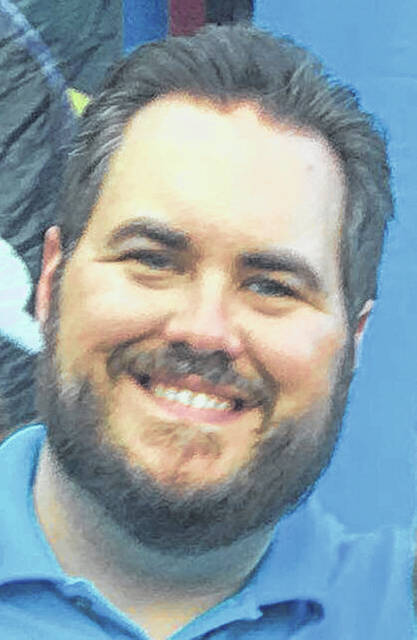
The hue and cry in the media and on the internet about the dangers of “chemicals” is deafening. I see stories about the fear of chemicals in vaccines, food additives and cosmetics. Indeed, I have now seen no fewer than three of my Facebook friends post a warning about a “dangerous substance” in their children’s breakfast cereal, and all of this caterwauling, each and every breathless warning and frightening horror-filled tale is much ado about nothing.
Take the Facebook posts I have seen about breakfast cereal. These posts have been sharing a YouTube video about a particular additive: sodium phosphate. The basic premise of these scary videos is that sodium phosphate can be used as a cleaning agent, stain remover and degreaser. Why on earth would anyone feed their kids something like that?
Sodium phosphate can be used for all of those things, but sodium phosphate is also an antioxidant. It has been used as a food additive throughout the world for decades. Antioxidants fight cancer, and their benefits are quite well known. Sure, sodium phosphate is also highly alkaline, and so like any base it can be harmful if ingested by itself. Consider though, that you wouldn’t let your kids eat pure baking soda, because that could kill them, but you use it in food all the time.
Chemical names are scary because we don’t immediately recognize them, and some chemicals truly are dangerous. This is one of the reasons why we started calling certain nutrients by letters instead of their ordinary names. (Retinol became Vitamin A, and ascorbic acid became Vitamin C, etc.) However, just because you do not recognize a chemical name does not mean it is dangerous or even bad for you. Fear mongers and people with their own agendas prey on your fear of unknown substances. Typically, when they do this they are trying to sell you something.
Consider the example of dihydrogen monoxide. The following are absolutely true statements: Dihydrogen monoxide is also known as hydroxyl acid and it is a major component of acid rain. It contributes to the “greenhouse effect” and it accelerates corrosion of many metals. It has been found in excised tumors of terminal cancer patients. It is used as an industrial solvent and coolant, and it is emitted as waste from those giant towers you see on nuclear power plants. It is also used in the distribution of most pesticides. Dihydrogen monoxide promotes the growth of many harmful microorganisms, and ingesting just a single drop of the stuff can introduce more than one million new bacteria into your body.
Sounds pretty bad, right? Probably wouldn’t want to give that awful substance to your kids, right? Dihydrogen monoxide, or more commonly, H2O, is water. It is the very foundation of life, but boy you can make it sound pretty bad.
The word chemical shouldn’t be a bad word. You are made up of chemicals. Natural chemicals are not healthier than synthetic chemicals. Some of the most toxic things on the planet are produced naturally. Synthetic chemicals are often safer alternatives. Synthetic melatonin supplements, for example, are far safer than natural supplements, because naturally harvested melatonin often contains viral material.
So next time you see a story pejoratively using the term chemical, please try and approach it with a bit of skepticism. Also, don’t throw out your kid’s Cinnamon Toast Crunch because a stranger on YouTube is trying to scare people.
John Judkins is a Greenfield attorney.


